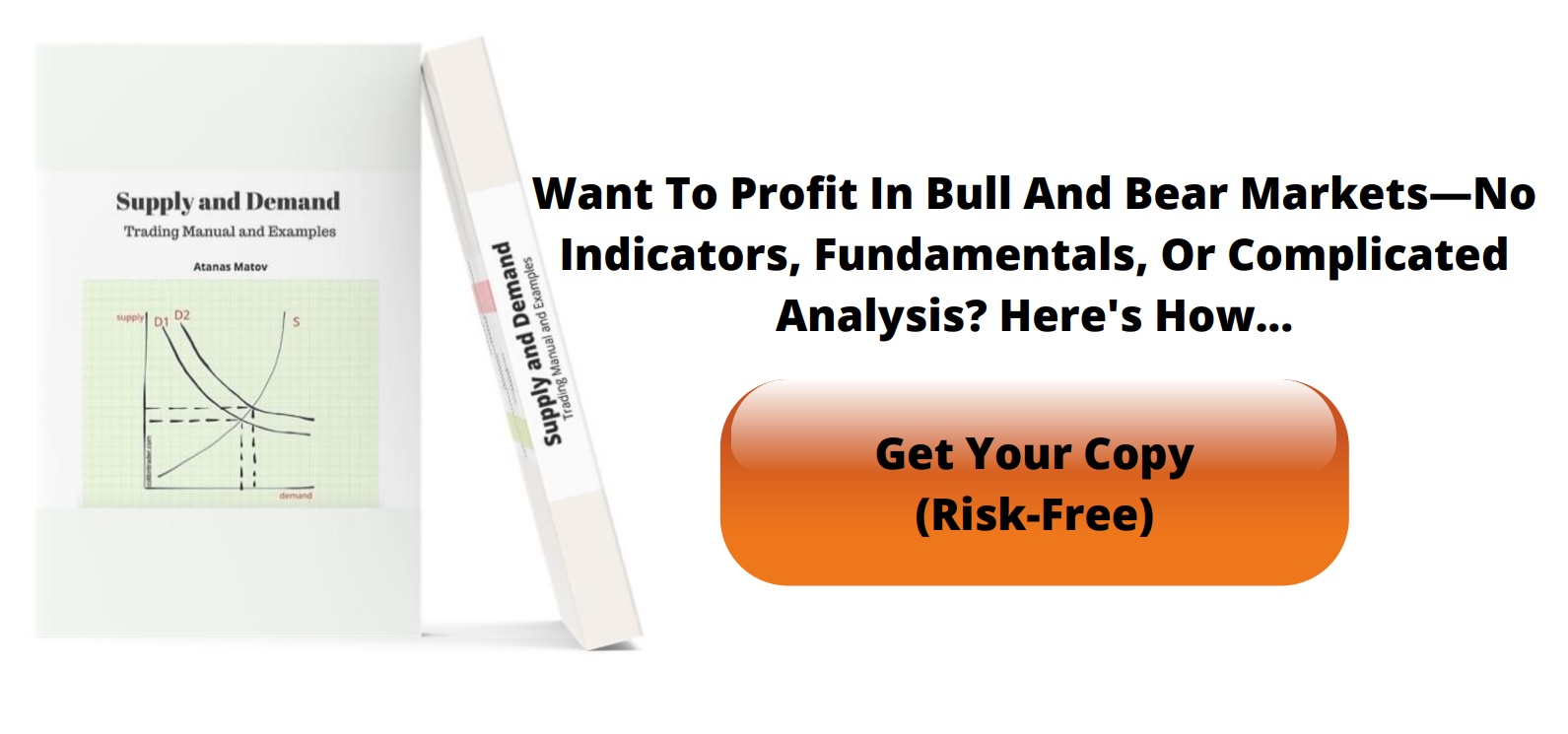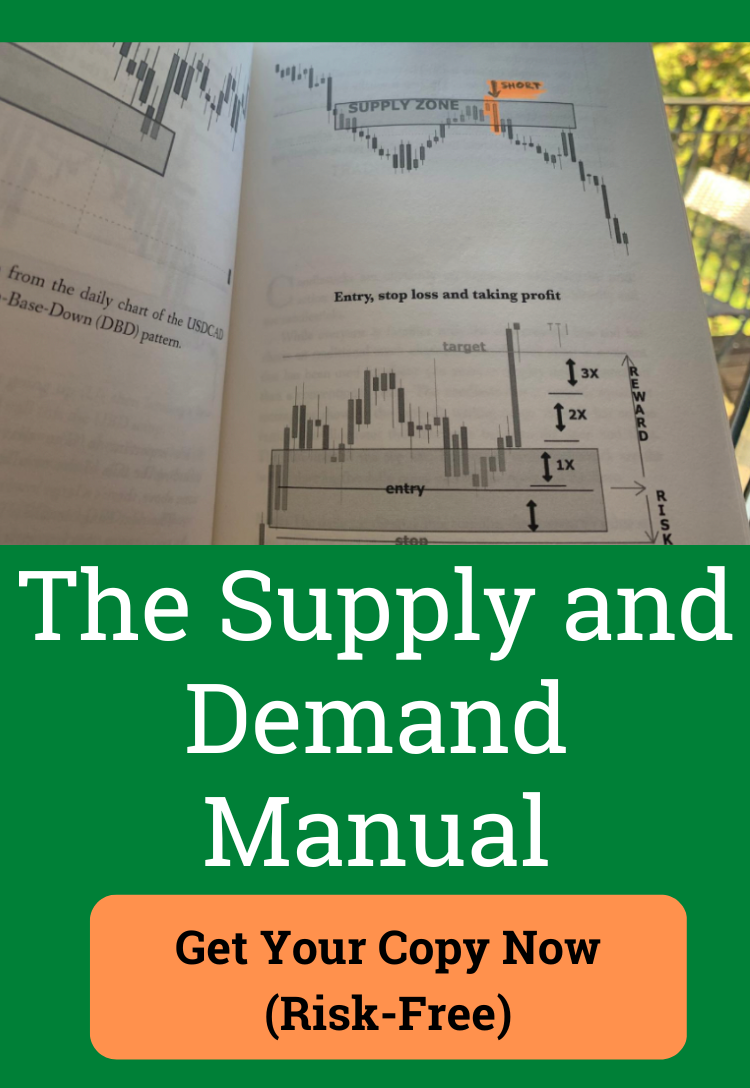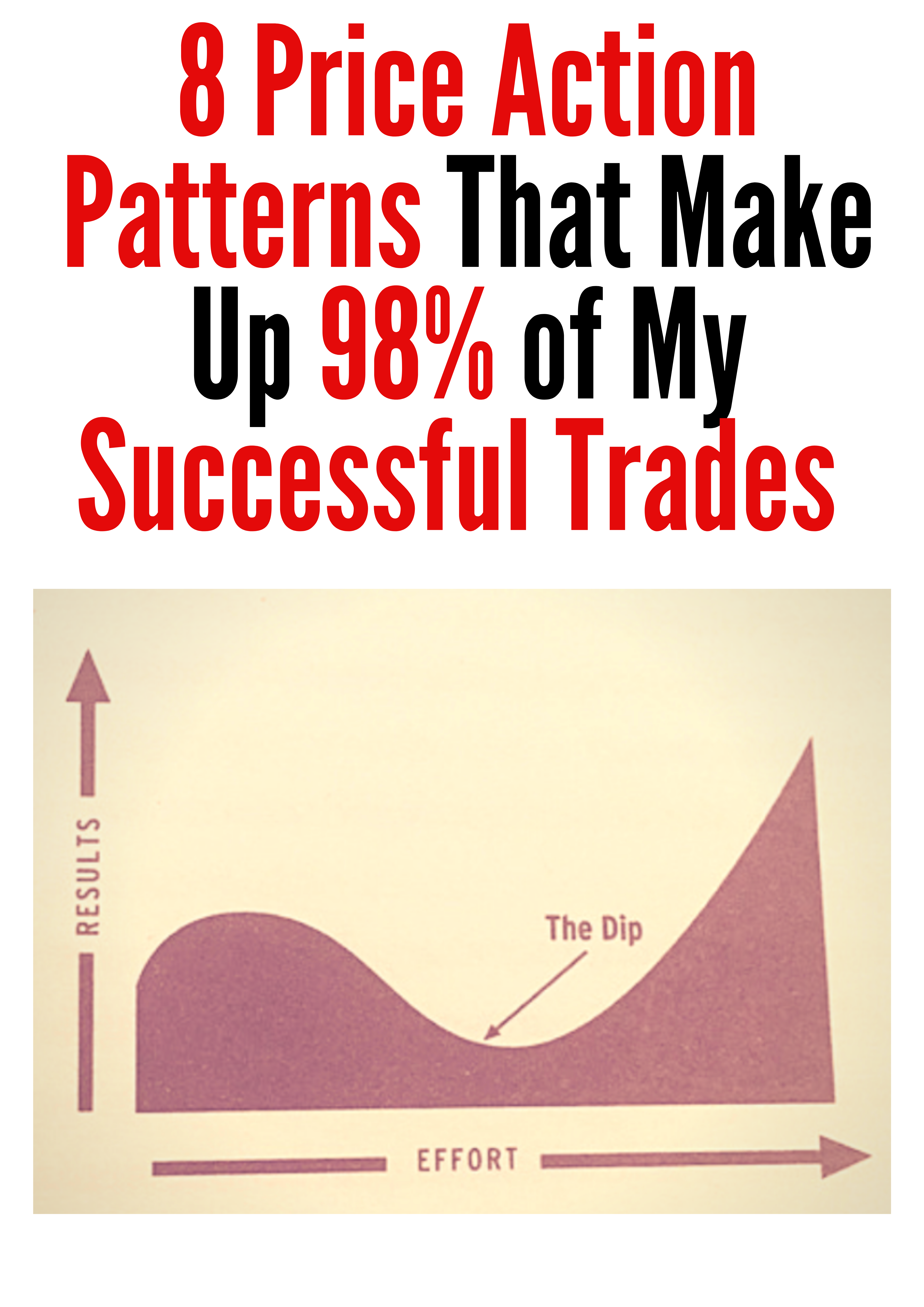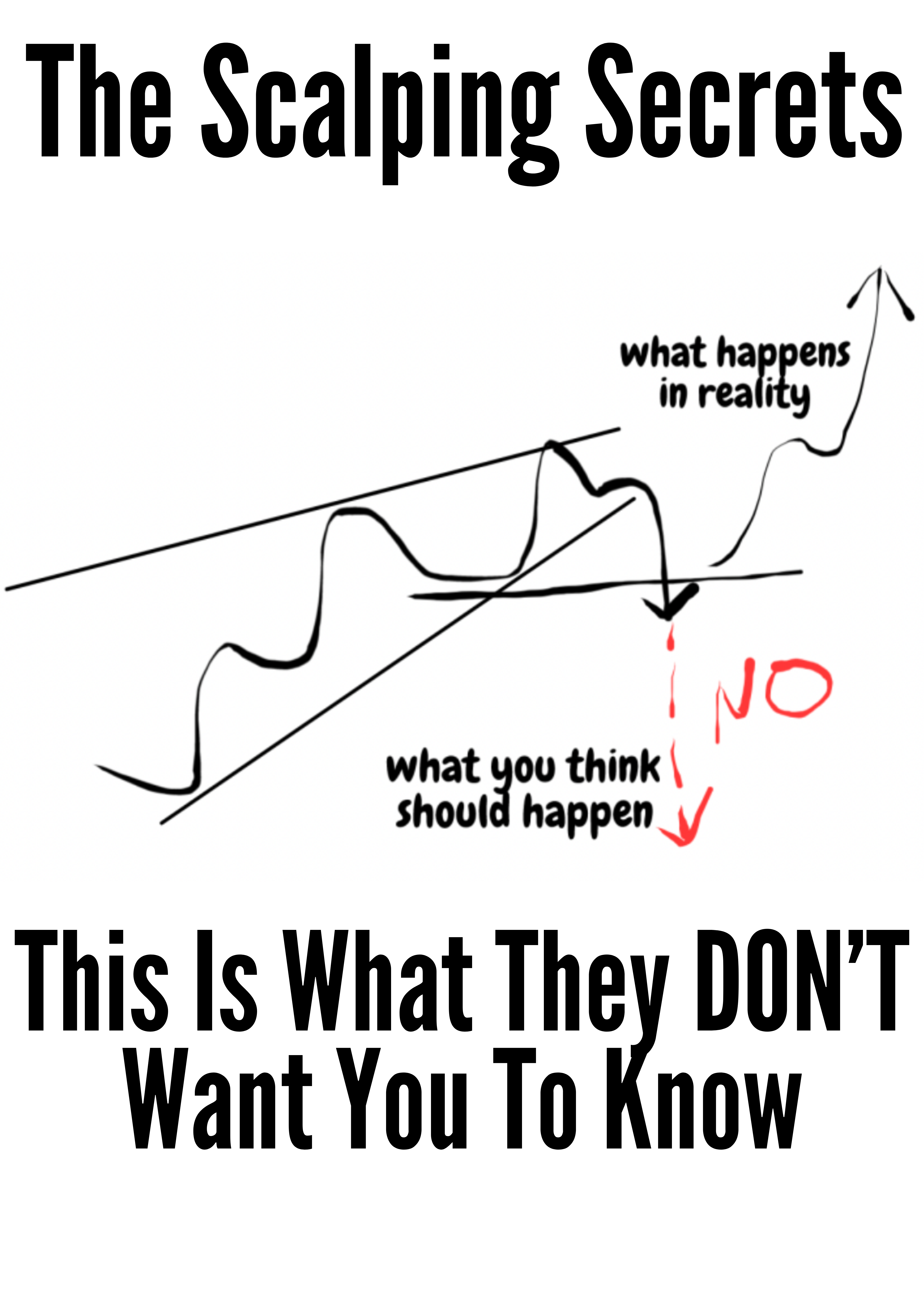Best forex trading strategies for consistent profits
The forex market, with its $7.5 trillion daily volume, offers immense opportunity but demands a clear, systematic plan of action. Success isn't about finding a single 'holy grail' indicator; it's about mastering a strategy that aligns with your personality, risk tolerance, and personal schedule. Many aspiring traders fail not from a lack of effort, but because they jump between inconsistent methods without ever understanding the core mechanics behind why a strategy works.
This guide is designed to cut through that noise. We will dissect 10 of the best forex trading strategies, providing a detailed blueprint for each one. You will learn the specific entry and exit rules, the ideal timeframes for execution, and the critical pros and cons that every trader must consider before risking capital. Whether you are interested in high-frequency scalping, long-term trend following, or trading based on fundamental analysis, this comprehensive roundup will provide the actionable knowledge required. Our goal is to equip you with a structured framework, enabling you to approach the market with greater confidence and build a foundation for consistent trading performance.
1. Trend Following Strategy
The Trend Following Strategy is one of the most foundational and widely used approaches in forex trading. At its core, this method involves identifying the direction of a prevailing market trend and entering trades that align with its momentum. The guiding principle is simple yet powerful: "the trend is your friend." Instead of predicting market reversals, traders aim to capitalize on sustained price movements, riding the wave for as long as it lasts.
This strategy is effective because it leverages market inertia. Major economic events, like the European Central Bank (ECB) announcing rate hikes, can trigger a prolonged uptrend in EUR/USD. A trend follower would use indicators like moving averages to confirm this uptrend and enter a long position, holding it as the pair continues to climb.
How to Implement This Strategy
Successful execution requires discipline and a clear set of rules. Here are actionable tips for applying this powerful method, which stands out as one of the best forex trading strategies for both beginners and experts.
- Entry/Exit Rules: Enter a long position when the price crosses above a key moving average (e.g., 50-day MA) and the MACD shows bullish momentum. Set an initial stop-loss below a recent swing low. Exit the trade when the price crosses back below the moving average or a trailing stop is hit.
- Timeframes: While applicable to all timeframes, trend following is most effective on longer charts like the daily or 4-hour, as trends are more established and less susceptible to market noise.
- Pros & Cons: The primary advantage is the potential for significant profits from capturing large market moves. However, it can lead to losses during sideways or ranging markets, where frequent false signals can occur.
For those looking to deepen their understanding, you can find a comprehensive guide on trading the trend on colibritrader.com.
2. Breakout Strategy
The Breakout Strategy is a powerful approach that focuses on entering trades when a currency pair's price moves decisively through a significant level of support or resistance. This strategy is built on the principle that these breakouts often signal the start of a new, sustained price movement. Traders aim to capture the initial momentum following a break from a period of consolidation, such as a triangle or rectangular pattern.
This method is particularly effective during high-volatility events, like a central bank interest rate decision, which can cause prices to break through established ranges. For example, if EUR/USD has been consolidating between 1.0700 and 1.0800, a decisive break above 1.0800 on strong volume presents a clear opportunity for a long trade.
How to Implement This Strategy
Executing a breakout trade requires patience to wait for confirmation and quick action once a valid signal appears. Here are actionable tips for applying this method, making it one of the best forex trading strategies for capturing explosive moves.
- Entry/Exit Rules: Enter a long position after a strong candle closes above a key resistance level, ideally with increased volume. Place your stop-loss just below the broken resistance level. Exit the trade at a predetermined profit target or if the price shows signs of reversal.
- Timeframes: Breakouts can be identified on all timeframes, but major levels on the daily and 4-hour charts often lead to more reliable and significant moves, filtering out the noise of shorter timeframes.
- Pros & Cons: The primary benefit is the potential for rapid, substantial profits. However, the main drawback is the risk of "false breakouts," where the price briefly moves past a level before reversing, which can trap unprepared traders.
To master identifying these patterns, you can explore this guide on trading triangle patterns on colibritrader.com.
3. Carry Trade Strategy
The Carry Trade Strategy is a unique approach that focuses on profiting from interest rate differentials between two currencies. Instead of relying solely on price appreciation, traders earn income from the difference in interest rates. The core concept involves buying a currency with a high interest rate while simultaneously selling a currency with a low interest rate. The profit is generated from the net interest payment, known as the "swap" or "rollover," credited to the trading account daily.
This strategy thrives in low-volatility environments where investors are seeking yield. For instance, the AUD/JPY pair has historically been popular for carry trades due to Australia's relatively high interest rates compared to Japan's near-zero rates. A trader would go long on AUD/JPY, borrowing the low-yielding yen to buy the high-yielding Australian dollar, thus collecting the daily interest spread.
How to Implement This Strategy
Executing a carry trade requires a deep understanding of macroeconomic fundamentals and risk management. Here are actionable tips for applying this method, making it one of the best forex trading strategies for patient, long-term traders.
- Entry/Exit Rules: Enter a long position on a high-yield vs. low-yield currency pair (e.g., USD/TRY) during a period of stable market sentiment and a clear uptrend. Set a stop-loss to protect against sudden, adverse exchange rate movements. Exit if central bank policies shift or market volatility spikes, as this can quickly erase interest gains.
- Timeframes: This is a long-term strategy. Traders often hold positions for weeks, months, or even years to accumulate significant interest payments. Daily and weekly charts are best for analyzing the underlying trend and stability.
- Pros & Cons: The main advantage is the potential for dual income from both interest payments and currency appreciation. The biggest risk is a sudden market shock, like the 2008 financial crisis, which can cause a rapid unwinding of carry trades and lead to catastrophic losses.
To gain a deeper insight into how these interest payments work, you can learn more about what swap is in forex trading on colibritrader.com.
4. Range Trading Strategy
The Range Trading Strategy operates on a completely different premise from trend following. Instead of chasing momentum, this method excels in markets that lack clear directional conviction. It involves identifying a "range" where a currency pair's price oscillates between consistent support and resistance levels. The core idea is to buy near the support "floor" and sell near the resistance "ceiling," profiting from these predictable bounces.
This approach is particularly effective when major economic news is absent, causing pairs like EUR/USD to trade sideways between established boundaries, for instance, 1.0800 and 1.1000. A range trader capitalizes on this market indecision, aiming for smaller, more frequent profits rather than one large gain from a major trend.
How to Implement This Strategy
Executing a range strategy requires identifying clear boundaries and using specific tools to time entries and exits. Here are actionable tips for applying this method, which is considered one of the best forex trading strategies for non-trending markets.
- Entry/Exit Rules: Enter a long position when the price tests the support level and an oscillator like the RSI shows an oversold reading (below 30). Conversely, enter a short position when the price hits resistance and the RSI is overbought (above 70). Place stop-losses just outside the range boundaries to protect against breakouts. Set profit targets at the opposite end of the range.
- Timeframes: This strategy is highly versatile and popular among day traders and scalpers on lower timeframes like the 15-minute or 1-hour charts. It can also be applied to 4-hour or daily charts for longer-term range-bound conditions.
- Pros & Cons: The primary advantage is the high number of trading opportunities in sideways markets. However, the main risk is a sudden "breakout," where the price decisively moves beyond the established range, which can lead to a significant loss if a stop-loss is not in place.
To learn more about mastering market boundaries, babypips.com offers excellent educational resources on range trading.
5. Price Action Strategy
The Price Action Strategy is a pure technical approach that focuses solely on an asset's price movement, stripped of lagging indicators. Traders who use this method analyze candlestick patterns, market structure, and key support and resistance levels to interpret the "story" the market is telling. The core philosophy is that all necessary information is reflected directly in the price, allowing for clean, uncluttered chart analysis and timely decisions.
This strategy is powerful because it encourages a deep understanding of market psychology. For example, a trader might spot a bullish engulfing pattern forming at a major daily support level on EUR/USD, signaling a potential reversal. They would enter a long position based on this clear price signal, anticipating a shift in momentum driven by buyers overwhelming sellers at a critical price point.
How to Implement This Strategy
Effective execution of price action trading hinges on pattern recognition and contextual market awareness. Here are actionable tips for applying what is arguably one of the best forex trading strategies for developing a true feel for the market.
- Entry/Exit Rules: Enter a short position upon seeing a pin bar reversal pattern at a key resistance zone. Place a stop-loss just above the high of the pin bar's wick. Exit the trade when price reaches the next significant support level or forms a strong bullish reversal pattern.
- Timeframes: Price action is universal, but its signals are cleaner and more reliable on higher timeframes like the 4-hour and daily charts. These charts filter out market noise, revealing more significant market structure and patterns.
- Pros & Cons: The main benefit is a clean, forward-looking approach that avoids indicator lag. However, it is highly discretionary and requires significant screen time and practice to master, which can be challenging for new traders.
6. Scalping Strategy
The Scalping Strategy is a high-frequency approach designed for traders who thrive on speed and precision. Its core principle is to capture very small profits (typically 5-20 pips) from minor price fluctuations by entering and exiting trades within seconds or minutes. Instead of aiming for one large win, scalpers execute dozens or even hundreds of trades daily, accumulating small, consistent gains.
This method is effective because it capitalizes on the constant volatility and liquidity of the forex market, especially during peak hours. For example, during the London and New York session overlap, a scalper might notice a small upward channel forming on the 1-minute chart for EUR/USD. They would enter a long position, aiming to exit just a few pips higher as the price touches the top of the channel, all within a couple of minutes.
How to Implement This Strategy
Successful scalping demands intense focus, rapid decision-making, and iron discipline. Here are actionable tips for applying this fast-paced method, which is considered one of the best forex trading strategies for disciplined, experienced traders.
- Entry/Exit Rules: Enter a trade based on a quick momentum signal on a 1-minute or 5-minute chart, like a stochastic oscillator crossing into overbought/oversold territory. Set a tight stop-loss (e.g., 5 pips) and a take-profit (e.g., 10 pips) immediately. Exit the moment the price shows signs of reversal, without hesitation.
- Timeframes: This strategy is exclusive to very short timeframes, primarily the 1-minute and 5-minute charts. Higher timeframes are only used to identify the broader, short-term trend direction.
- Pros & Cons: The main advantage is the high volume of trading opportunities and reduced exposure to major market events. However, it is highly stressful, requires very low-spread brokers to be profitable, and transaction costs can quickly accumulate.
7. Swing Trading Strategy
The Swing Trading Strategy is a medium-term approach that aims to capture price “swings” over several days to a few weeks. It strikes a balance between the long-term holds of trend following and the rapid pace of day trading. Swing traders seek to profit from short-term price waves or corrections that occur within a larger, primary market trend. The goal is to capitalize on market volatility without being glued to the screen all day.
This strategy is highly effective because it filters out intraday noise while still capturing significant market moves. For example, if GBP/USD is in a long-term uptrend, a swing trader might wait for a pullback to a key support level on the 4-hour chart. Once the price shows signs of resuming its upward movement, they would enter a long position, aiming to capture a 100-150 pip move over the next 3-5 days.
How to Implement This Strategy
Executing a successful swing trade requires patience to wait for high-probability setups and discipline to manage trades that last overnight. Here are actionable tips for applying this method, one of the best forex trading strategies for those with limited screen time.
- Entry/Exit Rules: Enter a long position after a pullback in an uptrend shows a clear bullish reversal candle on the 4-hour or daily chart. Place a stop-loss just below the recent swing low. Take profit at the next major resistance level or a key Fibonacci extension.
- Timeframes: The 4-hour and daily charts are ideal for identifying swing trading opportunities, as they provide a clear view of market structure without the noise of lower timeframes.
- Pros & Cons: The main advantage is its efficiency, requiring less active monitoring than day trading while still offering frequent opportunities. However, positions held overnight are exposed to gap risk from major news events.
8. News Trading Strategy
The News Trading Strategy is a dynamic approach that focuses on capitalizing on market volatility generated by major economic announcements, central bank decisions, and significant geopolitical events. Rather than relying solely on technical analysis, news traders aim to profit from the rapid, often powerful price movements that follow high-impact data releases. The core principle is to anticipate the market's reaction and position trades to capture the resulting momentum.
This strategy is powerful because it taps directly into the fundamental drivers of currency valuation. For instance, a stronger-than-expected Non-Farm Payroll (NFP) report from the U.S. can signal a robust economy, causing a surge in the USD's value against other currencies. A news trader would anticipate this volatility, perhaps entering a long USD/JPY position immediately after the data is released to ride the upward spike.
How to Implement This Strategy
Executing this strategy successfully requires speed, preparation, and a keen understanding of market sentiment. Here are actionable tips for applying this method, which is considered one of the best forex trading strategies for those who can manage high-volatility environments.
- Entry/Exit Rules: Identify a high-impact event on an economic calendar. Enter a trade in the direction of the market's initial reaction immediately after the data is released. For example, if EUR/USD spikes up after an ECB announcement, enter a long position. Set a tight stop-loss below the pre-announcement price range and aim for a predefined profit target.
- Timeframes: This strategy is predominantly executed on short-term charts, such as the 1-minute, 5-minute, or 15-minute timeframes, to capture the immediate price swings following a news release.
- Pros & Cons: The main advantage is the potential for rapid profits in a very short period. However, it carries significant risk due to extreme volatility, potential for slippage, and widened spreads, which can lead to substantial losses if the market moves unexpectedly.
9. Moving Average Crossover Strategy
The Moving Average Crossover Strategy is a popular and mechanical approach that uses two moving averages, one fast and one slow, to generate trading signals. The core idea is that when the faster moving average crosses above the slower one, it signals building bullish momentum and a potential buy opportunity. Conversely, when the faster MA crosses below the slower one, it indicates bearish momentum and a potential sell signal.
This strategy is effective because it simplifies trend identification and provides clear, objective entry points with minimal discretion. For instance, the famous "Golden Cross" occurs when the 50-day EMA crosses above the 200-day EMA on a daily chart, often signaling the start of a major long-term uptrend. This makes it one of the best forex trading strategies for those who prefer rule-based systems.
How to Implement This Strategy
Executing this strategy requires selecting the right moving averages for your chosen timeframe and sticking to the signals they produce. Here are actionable tips for applying this widely-used method.
- Entry/Exit Rules: Enter a long trade when the fast MA (e.g., 20 EMA) crosses above the slow MA (e.g., 50 EMA). Place a stop-loss below the recent swing low. Exit the trade when the fast MA crosses back below the slow MA, signaling the trend may be reversing.
- Timeframes: For long-term trends, the 50/200 EMA combination on daily charts is standard. For medium-term trades, a 20/50 EMA crossover on the 4-hour chart works well.
- Pros & Cons: The primary advantage is its simplicity and objectivity, which helps remove emotional decision-making. However, moving averages are lagging indicators, so signals can come late, and this strategy often underperforms in sideways or ranging markets, producing frequent false signals.
For traders interested in automated systems, Investopedia provides further details on how to build a trading strategy around moving average crossovers.
10. Fundamental Analysis Strategy
The Fundamental Analysis Strategy moves beyond charts and indicators to focus on the core economic, social, and political forces that drive a currency's value. Traders using this approach analyze macroeconomic data to gauge the health of a country's economy. The central belief is that a strong economy will lead to a strong currency over the long term, making this one of the best forex trading strategies for patient, macro-focused investors.
This method involves dissecting factors like interest rates, GDP growth, inflation, employment figures, and central bank policies. For instance, if the U.S. Federal Reserve signals aggressive interest rate hikes to combat inflation while the European Central Bank remains hesitant, a fundamental trader might enter a long-term long position on USD/EUR, anticipating the dollar's appreciation due to higher yield potential. Similarly, negative Brexit headlines weakened the GBP for an extended period, a clear fundamental driver.
How to Implement This Strategy
Effective fundamental analysis requires a deep understanding of global economics and staying current with financial news. Here’s how to apply this insightful method.
- Entry/Exit Rules: Enter a position after a significant economic data release or central bank announcement that deviates from market consensus. For example, go long on the USD if non-farm payroll numbers vastly exceed expectations. An exit might be triggered when subsequent data suggests the economic outlook has shifted or when the currency pair reaches a value justified by the fundamentals.
- Timeframes: This strategy is best suited for long-term trading, using daily, weekly, or even monthly charts. Fundamental shifts take time to play out, often over weeks, months, or years.
- Pros & Cons: The main advantage is the ability to predict long-lasting trends and make trades with strong conviction. The primary drawback is that economic trends can be slow to develop, and short-term market sentiment can move against a fundamentally sound position, requiring significant patience and capital. For those looking to sharpen their analytical skills, learning how to analyze financial statements provides a strong foundation in assessing economic health.
Top 10 Forex Strategies Comparison
| Strategy | Implementation Complexity 🔄 | Resources & Time ⚡ | Expected Outcomes 📊 / Effectiveness ⭐ | Ideal Use Cases 💡 | Key Advantages ⭐ |
|---|---|---|---|---|---|
| Trend Following Strategy | Medium 🔄 — rule-based, needs discipline | Moderate ⚡ — charting tools, multi-timeframe checks | Capture large sustained moves; high payoff in trending markets ⭐⭐⭐⭐ | Trending markets; swing/position trading | Captures momentum; clear rules; fewer choppy trades |
| Breakout Strategy | Medium–High 🔄 — level ID + timing sensitive | Moderate ⚡ — volume data, quick execution | Good initial momentum capture but prone to false breakouts ⭐⭐⭐ | Post-consolidation, volatile sessions | Clear entries/invalidation; high R:R when confirmed |
| Carry Trade Strategy | Low 🔄 — conceptually simple | Low ⚡ — buy & hold; monitor rates/rolls | Steady passive income from swaps; vulnerable to sharp reversals ⭐⭐⭐ | Low-volatility, stable macro environments | Passive yield via interest differential; compounding |
| Range Trading Strategy | Medium 🔄 — requires precise range definition | High ⚡ — active monitoring, frequent trades | Multiple small, consistent profits; limited large gains ⭐⭐⭐ | Sideways/consolidating markets | High-probability setups; visible stops & targets |
| Price Action Strategy | High 🔄 — subjective pattern recognition | High ⚡ — extensive chart study, practice time | Adaptable with cleaner signals for experienced traders ⭐⭐⭐⭐ | Traders preferring discretionary setups across timeframes | Deep market read; fewer indicator-dependent false signals |
| Scalping Strategy | High 🔄 — high-frequency discipline needed | Very High ⚡ — constant screen time, ultra-low spreads | Many small wins; profits sensitive to costs and latency ⭐⭐ | High-liquidity sessions (London/NY overlap) | Minimal overnight risk; rapid profit accumulation |
| Swing Trading Strategy | Medium 🔄 — pullback/trend identification | Low–Moderate ⚡ — ~15–30 min/day management | Captures medium moves (50–200+ pips); consistent returns ⭐⭐⭐⭐ | Part-time traders; 4H–Daily timeframe setups | Balance of return and time commitment; lower stress than scalping |
| News Trading Strategy | High 🔄 — rapid decision-making under volatility | High ⚡ — live news feeds, fast execution, larger stops | Large, often unpredictable moves; high variance and slippage risk ⭐⭐ | Major economic releases, central bank announcements | Clear catalysts; potential for big directional moves |
| Moving Average Crossover Strategy | Low 🔄 — mechanical, easy to code | Low ⚡ — easily automated, low maintenance | Works in trending markets but lags and whipsaws in sideways conditions ⭐⭐⭐ | Automated systems; beginner trend-following | Simple, automatable, minimal discretion required |
| Fundamental Analysis Strategy | High 🔄 — macro research & interpretation | High ⚡ — subscriptions, economic data, ongoing monitoring | Captures long-term currency cycles; slower realization of outcomes ⭐⭐⭐⭐ | Long-term positioning; macro-driven market shifts | Provides context for moves; aligns with institutional flows |
From Knowledge to Action: Building Your Personal Trading Edge
We've journeyed through a comprehensive collection of the ten best forex trading strategies, from the long-term perspective of Trend Following and Fundamental Analysis to the rapid-fire precision of Scalping. Each methodology, whether it's the methodical Range Trading or the event-driven News Trading, offers a distinct framework for interpreting and acting on market movements. You now have a solid foundation covering the core principles, rules, and unique advantages of each approach.
The most critical takeaway is that there is no single "holy grail" strategy. The true power lies not in the strategy itself, but in your ability to master and consistently execute it. The 'best' strategy is ultimately a deeply personal choice, one that must align with your personality, risk tolerance, and lifestyle. A high-intensity Scalping strategy might be perfect for one trader but lead to burnout for another, who may find greater success with the patient, set-and-forget nature of Swing Trading.
Charting Your Path Forward
The transition from theoretical knowledge to practical application is where most aspiring traders falter. To avoid this pitfall, it's essential to move forward with a deliberate and structured plan. Merely reading about strategies is not enough; you must immerse yourself in their practical application to build genuine skill and confidence.
Your immediate next steps should involve hands-on, risk-free practice.
- Select and Specialize: Choose two or three strategies from this list that genuinely resonated with you. Did the clean, indicator-free logic of Price Action appeal to you? Or did the clear signals of the Moving Average Crossover strategy feel more intuitive?
- Demo Trade with Purpose: Open a demo account and begin paper trading your chosen strategies. Treat it like a real account. Follow your entry and exit rules with absolute discipline. Your goal isn't to make fake money; it's to test the viability of the strategy against your own trading psychology.
- Journal and Analyze: Document every single trade. Note the strategy used, the reason for entry, the outcome, and what you could have done better. This journal is your most valuable learning tool, revealing patterns in your decision-making and highlighting areas for improvement.
The Power of Mastery Over Variety
Many traders fall into the trap of "strategy hopping," jumping from one system to another after a few losses without ever achieving mastery in any. True and lasting profitability in the forex market comes from knowing one or two of the best forex trading strategies inside and out, rather than having a superficial understanding of ten.
By committing to a specific methodology, you develop an intuitive feel for its nuances. You learn to recognize high-probability setups with a quick glance and instinctively know when market conditions are not suitable for your approach. This deep expertise is what separates consistently profitable traders from the rest. The journey requires patience and dedication, but building this personal trading edge is the ultimate key to unlocking your potential in the financial markets.
Ready to master one of the most powerful, indicator-free methodologies discussed in this article? The professional trading course from Colibri Trader provides an in-depth, action-based program focused purely on Price Action, helping you build a sustainable trading edge. Explore the path to consistent profitability by visiting Colibri Trader.








